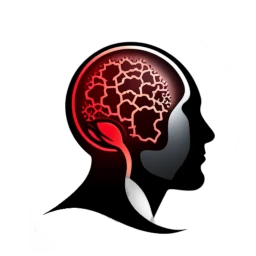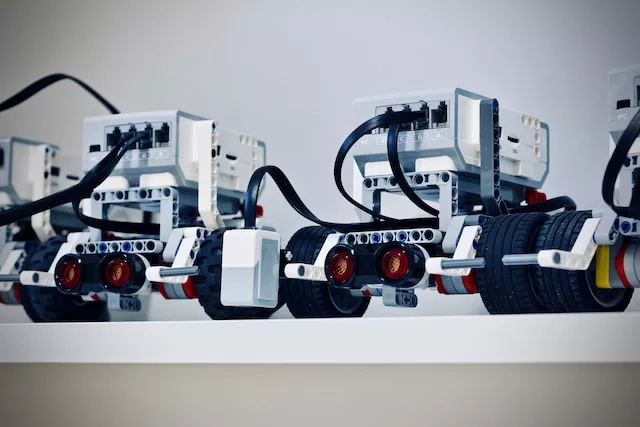Technology undoubtedly changes the way we work. Artificial intelligence (AI) and robotics tools transform our workplaces, not only by automating routine tasks but also through augmentation – expanding and enhancing – human capabilities.
Collaboration between Robots and Intelligent Machines with Humans
Robots and intelligent machines are increasingly collaborating with humans, not only in industries but also in healthcare, education, services, and many other sectors. They are designed to assist people in performing tasks that are too dangerous, monotonous, or complex.
Such collaborative robots, often called cobots, are designed to operate safely alongside humans, and interaction with them is a key element of their design. They can perform various tasks such as tool handling, machine operation, assembly, or packaging of products.
The Role of Artificial Intelligence in Work Augmentation
Artificial intelligence plays a crucial role in work augmentation. AI systems can analyze large amounts of data and learn to recognize patterns, enabling them to assist humans in decision-making.
For example, AI systems can help doctors diagnose diseases by analyzing medical images and indicating areas that may require further analysis. They can also assist managers in analyzing business data, identifying trends, and pointing out opportunities.
AI can also contribute to increased efficiency and productivity, for example, by automating routine tasks such as email sorting or by assisting in task and project management.
Benefits and Challenges of Work Augmentation
Work augmentation through robots and intelligent machines has many benefits. It can increase productivity, improve the quality of work, and enable people to focus on more complex and creative tasks.
However, work augmentation also poses challenges. There is a need for proper training and education to enable people to effectively use these new tools. There is also a risk that some professions will be automated, leading to job losses.
The Future of Work Augmentation
The future of work augmentation seems promising but not without challenges. The development and implementation of new technologies require consideration of their impact on employees and society as a whole.
Designing technology with people in mind, not just for profit, is crucial. This means understanding the needs of workers, their skills, and how they can be developed to effectively utilize new technologies.
Education and training will be crucial to ensure that workers are prepared to use new technologies and adapt to changing work conditions. It is also important for workers to have a say in how new technologies are introduced and used.
The potential social consequences of work augmentation cannot be ignored. There is a risk that automating certain professions may lead to job losses, which in turn can have serious implications for society. It is essential for policymakers and decision-makers to be aware of these risks and take appropriate actions to minimize them.
However, despite these challenges, the potential of work augmentation is enormous. By combining human skills and abilities with the power of robots and artificial intelligence, we can create workplaces that are more productive, satisfying, and safe. We can build a society that benefits from the best aspects of both humans and machines.

